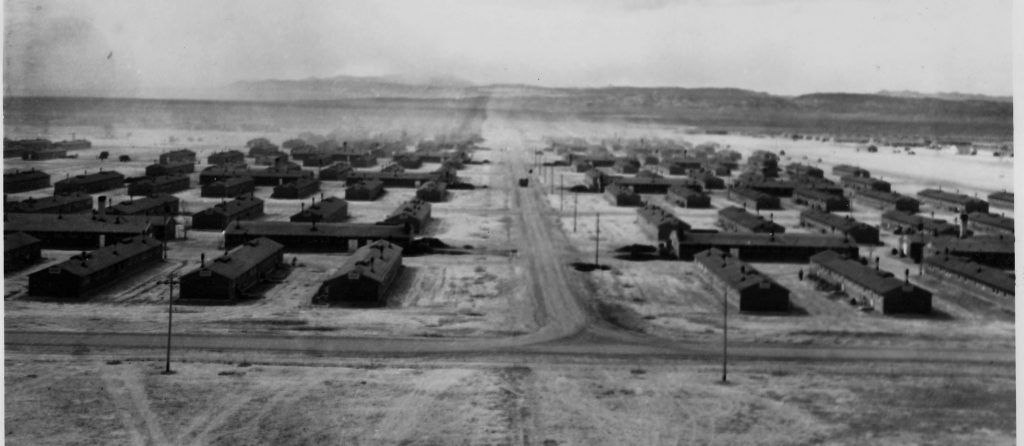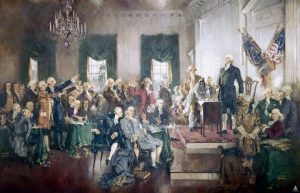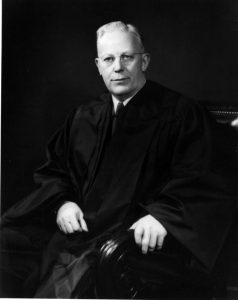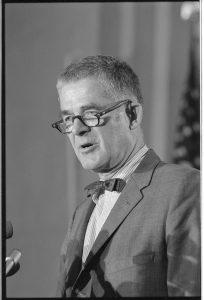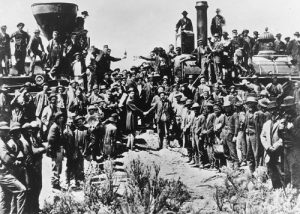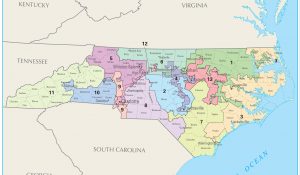
The Supreme Court earlier struck down gerrymandering in US Congressional Districts 1 & 12 (USGS)
The Supreme Court today ruled that North Carolina had violated the 14th Amendment when it used race to redraw several state legislature districts. In North Carolina v. Sandra Little Covington, the Court upheld a Federal District Court ruling that the Republican-controlled state legislature had redrawn 28 state house and state senate districts based largely on race, violating the Equal Protection Clause of the 14th Amendment to the Constitution.
Two weeks ago, in Cooper v. Harris, the Court overturned two U.S. Congressional districts in North Carolina for the same reason. And a week earlier, the Court let stand a Federal Court ruling that a North Carolina voter law had adversely targeted African Americans with “almost surgical precision.”
Learn more about the history of racially-based gerrymandering in our film One Person, One Vote.


